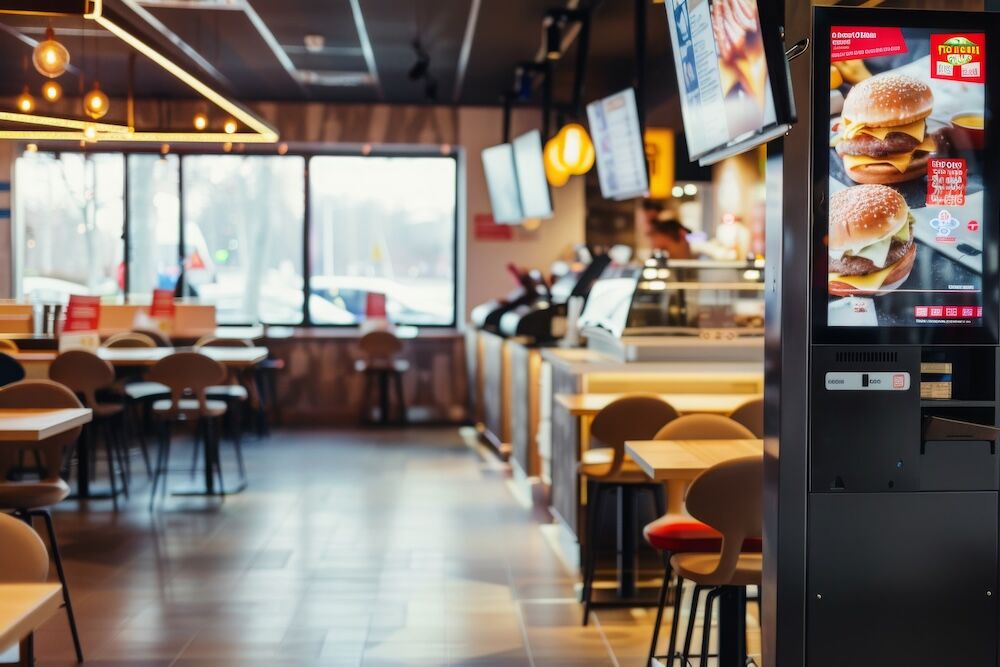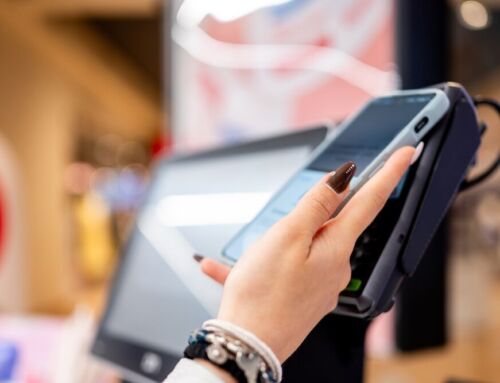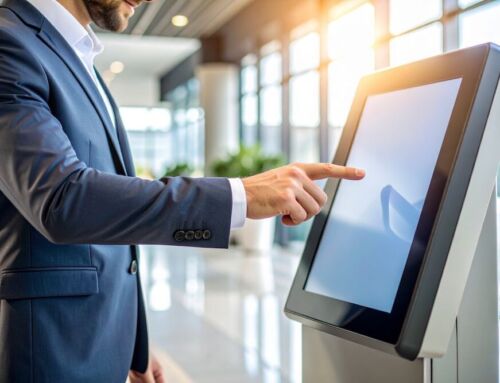Flexibility is a much sought-after quality in modern business. Companies look for recruits with flexible skillsets (and mindsets) that will enable them to adapt to different roles and challenges. Those with an interest in systems, processes and operational organisation talk up the need for ‘agility’ in an increasingly dynamic and changeable world.
And, of course, flexibility is a prized quality in technology. Why splash out on three different solutions when one can cover all the same tasks?
Kiosk technology is a case study in technological flexibility. You could, without wanting to sound too pretentious about it, call it a refined expression of the flexibility of general computing, applied specifically to customer-facing situations. Ok, that’s pretty pretentious-sounding. But the point is, kiosks can sell. Kiosks can inform. Kiosks can identify and verify. Kiosks can do all of these things in a dizzying variety of settings and sectors.
There’s another way that kiosks are the very embodiment of flexibility in tech – the idea of having one device to perform multiple tasks. Not that this is a quality unique to kiosks, of course. In smartphones, we all carry around the digital equivalent of a Swiss army knife around wth us.
But there are limits even to a smartphone’s flexibility. For example, a lot of businesses have learned the hard way that allowing the use of personal mobiles for work purposes opens up a whole legal can of worms around data protection and security. And in a retail or hospitality setting, would you be comfortable handing over a personal smartphone to a customer to check something online or make a payment?
There are ways to make such sharing of devices not just for different uses, but between different users, safe and secure. And one of them takes its name directly from self-service technology – kiosk mode.
Multiple roles made simple
Kiosk mode is a feature built into Windows operating systems that allows administrators to limit user access to a chosen selection of apps on any given device. Microsoft’s alternative name for the feature, Assigned Access, gives a good indication of its purpose and function – it’s essentially a simplified and user-friendly way to set up user access permissions designed with kiosks in mind.
Why? Apart from the fact that Windows is the most widely used OS for kiosks, Microsoft’s development of kiosk mode reflects an important fact about how kiosks are used. On public-facing devices, you don’t want to give open access to the desktop or the underlying system beyond that. That would be a security disaster waiting to happen. In most cases, you want users to have a limited number of tools available to them, with perhaps a bespoke UI overlaying them, and that’s that.
What’s great about Windows’ kiosk mode is how easy it makes adding or removing access to applications, or having different settings on different devices. And that creates opportunities for businesses – opportunities to use devices in increasingly flexible ways.
You could, for example, use the different configuration settings in kiosk mode to toggle between different UI for customers (i.e. a limited selection of self-service options) and staff (access to internal business systems). That way, you could kill two birds with one stone and use the same devices as POS terminals and as self-service points.
Or, think of digital signage. These can be controlled by Windows in kiosk mode to, by limiting device access to media playback. Again, it would be very easy to switch this into a ‘service’ setting, so customers could use the screens as interactive information points, for example. As a business owner, you’d get more value from your investment in the screens by having them serve multiple purposes.
User permissions and access management might be predominantly about security. But used the right way, they can give businesses more options for using devices in flexible ways, by safely managing the features and tools different categories of user can access. That’s definitely the kiosk way!




